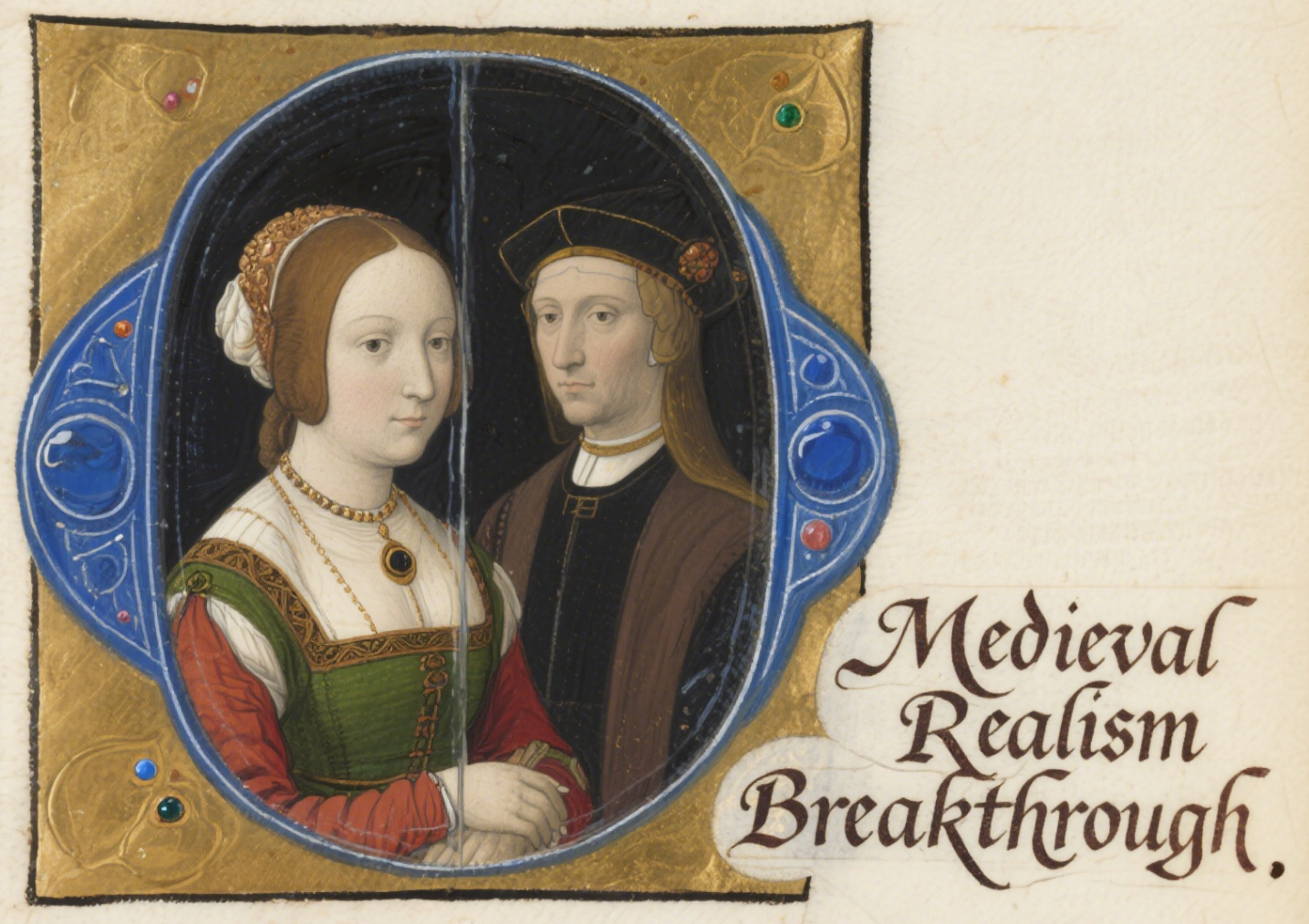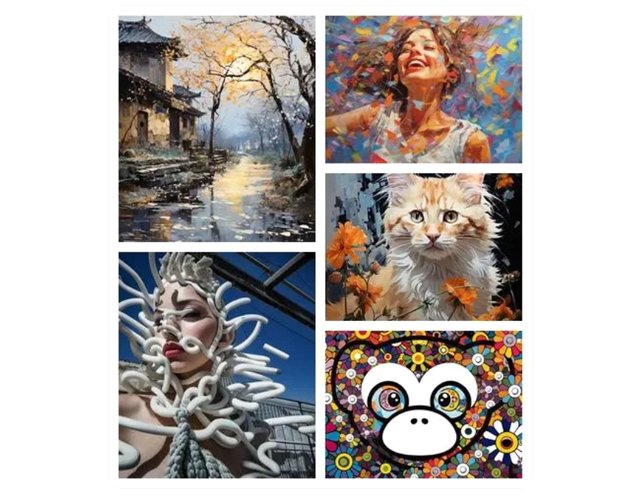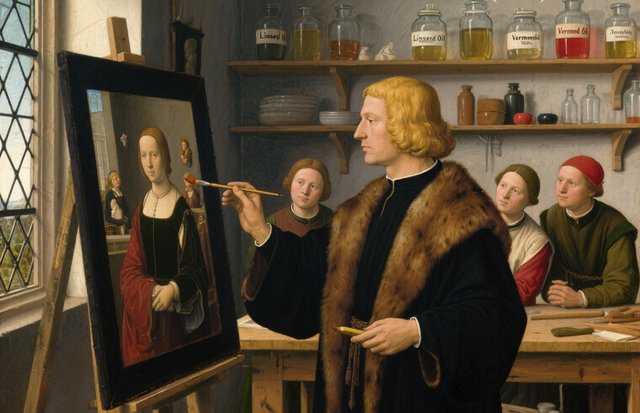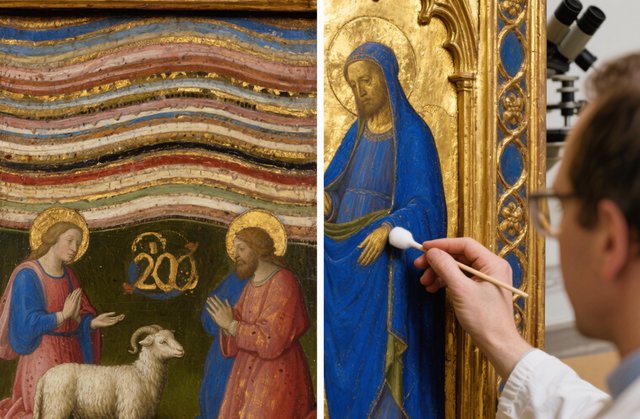The Medieval Spark of Oil Painting: Origins, History & Legendary Artists You Must Know

Oil painting isn’t just a art form—it’s a story written in pigments and time. But where did it all begin? Contrary to popular belief, its spark wasn’t lit during the Renaissance. It flickered first in medieval Europe, in workshops and monasteries where Artists experimented with new ways to capture light and depth. This “medieval spark” would later explode into one of the most beloved mediums in art history.
The earliest traces of oil-based paints date back to the 7th century, but they weren’t used for fine art. Byzantine monks mixed oil with pigments to decorate religious icons, finding it more durable than tempera (a water-based paint) in humid churches. By the 12th century, artists in Northern Europe—modern-day Belgium and the Netherlands—started refining the technique, blending oils with resins to create smoother textures and richer colors.
This shift wasn’t just technical; it changed how art told stories. Medieval oil painters focused on religious themes, but their use of layered glazes (thin coats of transparent paint) added depth to figures and landscapes. Imagine a 14th-century Madonna: her robe, painted with multiple glaze layers, would glow softly, making her seem almost divine. This realism was revolutionary, setting the stage for the detailed masterpieces of later eras.
One key figure in early oil painting was Jan van Eyck, a 15th-century Flemish artist often called the “father of oil painting.” While he didn’t invent the medium, he perfected it. Van Eyck used oil paints to create intricate details—like the reflection in a mirror or the texture of fur—in works such as The Arnolfini Portrait. His secret? Mixing oils with different drying times, allowing him to work slowly and add layers without smudging.
Van Eyck’s innovations spread like wildfire. Artists across Europe adopted oil painting, drawn to its versatility. Unlike tempera, which dried quickly, oil paints stayed wet longer, letting artists blend colors seamlessly. This made it ideal for rendering soft skin tones and lifelike landscapes. By the Renaissance, masters like Leonardo da Vinci and Rembrandt were using oil paints to create some of the most iconic works in art history.
To understand oil painting’s evolution, let’s look at how techniques changed over time:
| Period | Key Technique | Example Artist | Famous Work |
|---|---|---|---|
| 12th–13th c. | Basic oil-tempera mixes | Unknown Byzantine monks | Religious icons |
| 14th c. | Layered glazes for depth | Simone Martini | Maestà |
| 15th c. | Slow-drying oil blends | Jan van Eyck | The Arnolfini Portrait |
| 16th c. | Chiaroscuro (light/dark contrast) | Rembrandt | The Night Watch |
What can modern artists learn from these medieval pioneers? Start with the basics: experiment with layering. Try painting a simple still life using Van Eyck’s glaze technique: apply a thin layer of burnt sienna, let it dry, then add a glaze of ultramarine blue. The result? A rich, dimensional color that would make even a medieval painter nod in approval.
Another tip: study the masters. Visit museums to see early oil paintings up close—notice how the brushstrokes vary, how colors interact. You’ll spot details you can’t see in photos, like the tiny cracks in a 500-year-old glaze, which add character to the work.
Oil painting’s medieval roots remind us that great art grows from experimentation. Those early artists didn’t have rulebooks—they had curiosity and a desire to make their work last. Today, that same spirit drives artists to push boundaries, whether they’re using traditional oils or mixing them with digital tools.
The “medieval spark” of oil painting isn’t just a chapter in history; it’s a living legacy. Every time an artist dips a brush into oil paint, they’re connecting to centuries of innovation. So the next time you pick up your palette, remember: you’re part of a story that started in a medieval workshop—and it’s still being written.




